The doshas are energies that pervade the body and mind, each with different functions. All of the doshas can be found in everybody, but different people have more of some doshas than others—this determines a person’s constitution.


Doshas, elements, and gunas
Vata, pitta, and Kapha are the three doshas—three energies that are crucial to the healthy functioning of the different body systems and the mind. Each dosha is made up of two of the five elements (air, earth, ether, fire, and water), the building blocks of all matter. The elements all have different characteristics (“gunas” in Sanskrit), and each has a principle — for example, water has the principle of fluidity. The doshas take on the characteristics of the elements from which they are made up. These characteristics define a dosha’s nature and its role within the body.
1. VATA
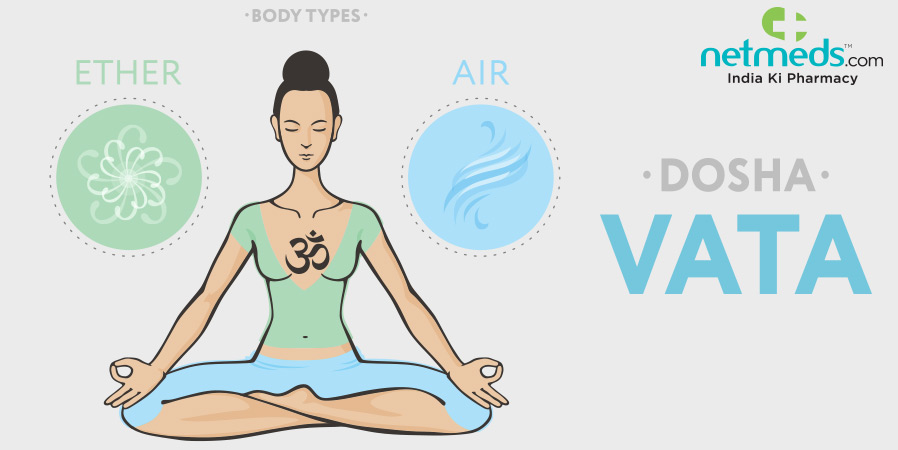

Vata is made up of the elements air and ether. Air gives it characteristics such as mobility and dryness, while ether makes it subtle and light. Vata is the most important dosha in the body and mind, as it is the force of all movement (such as blood circulation) and sensation. The main seat of Vata is the colon. Vata’s functions include:
- Providing movements, such as for breathing, circulation, the transmission of nerve signals, and elimination of waste.
- Providing all sensation in the body.
- Igniting agni.
- Supporting memory, drive, and understanding.
The Vata mind: The influence of air and ether gives the Vata mind properties of movement, lightness, speed, and irregularity (such as being able to understand and learn but also being quick to forget). The diagram below provides more qualities associated with the Vata mind.


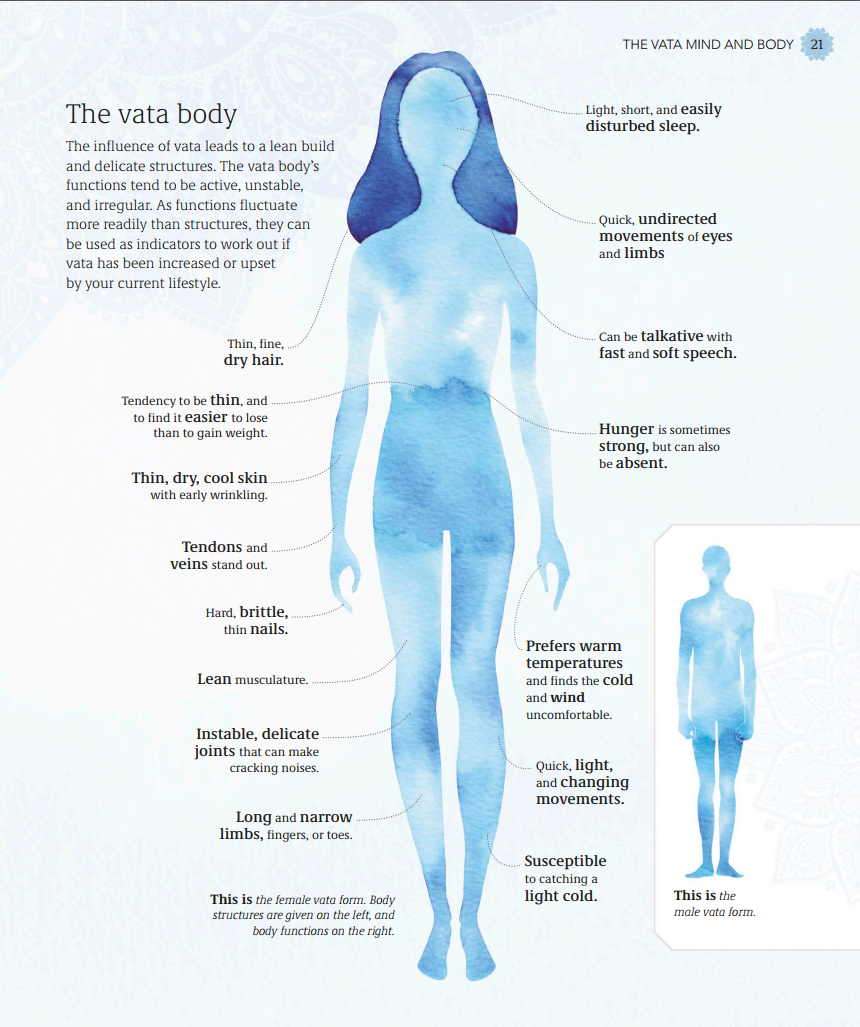

2. PITTA
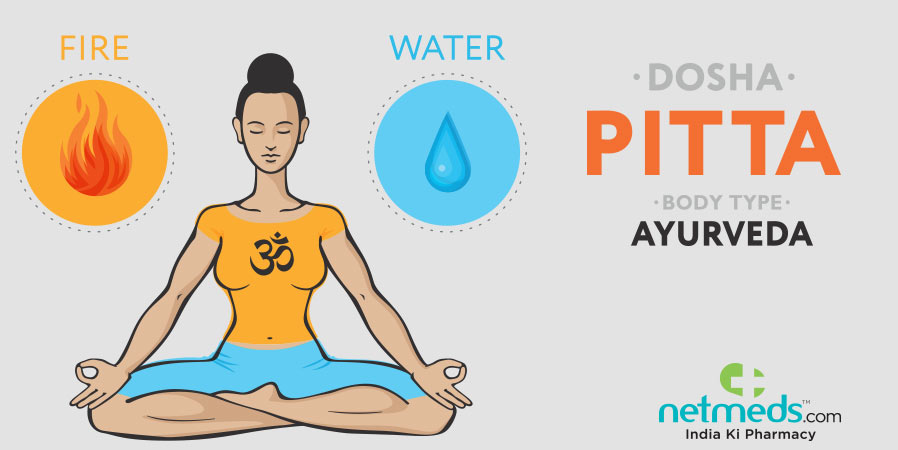

Pitta is made up of the elements fire and water. It takes on characteristics such as heat and sharpness from fire, and fluidity and oiliness from water. In the body, Pitta is the source of transformation (such as digestion) and provides internal heat. The main seat of the pitta is the stomach and small intestine. Pitta’s functions include:
- Digesting food and fueling agni.
- Producing blood and coloring the skin.
- Providing intelligence and self-confidence.
- Providing sight.
The pitta mind: The influence of fire and water gives the pitta mind properties of penetration and transformation (such as a sharp intelligence and a proneness to anger). The diagram below provides more qualities associated with the pitta mind.
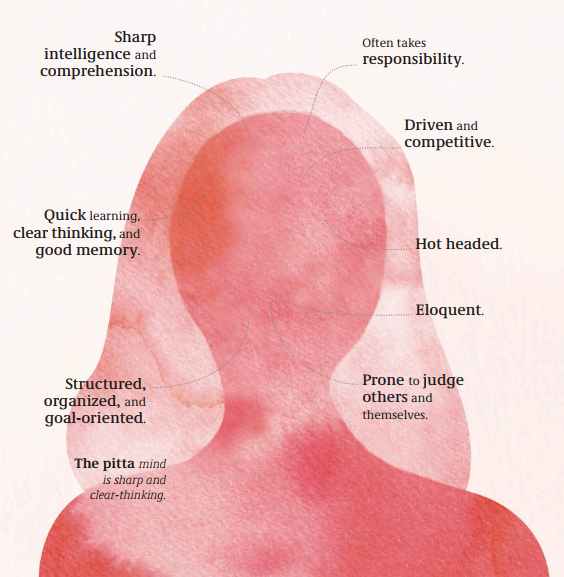

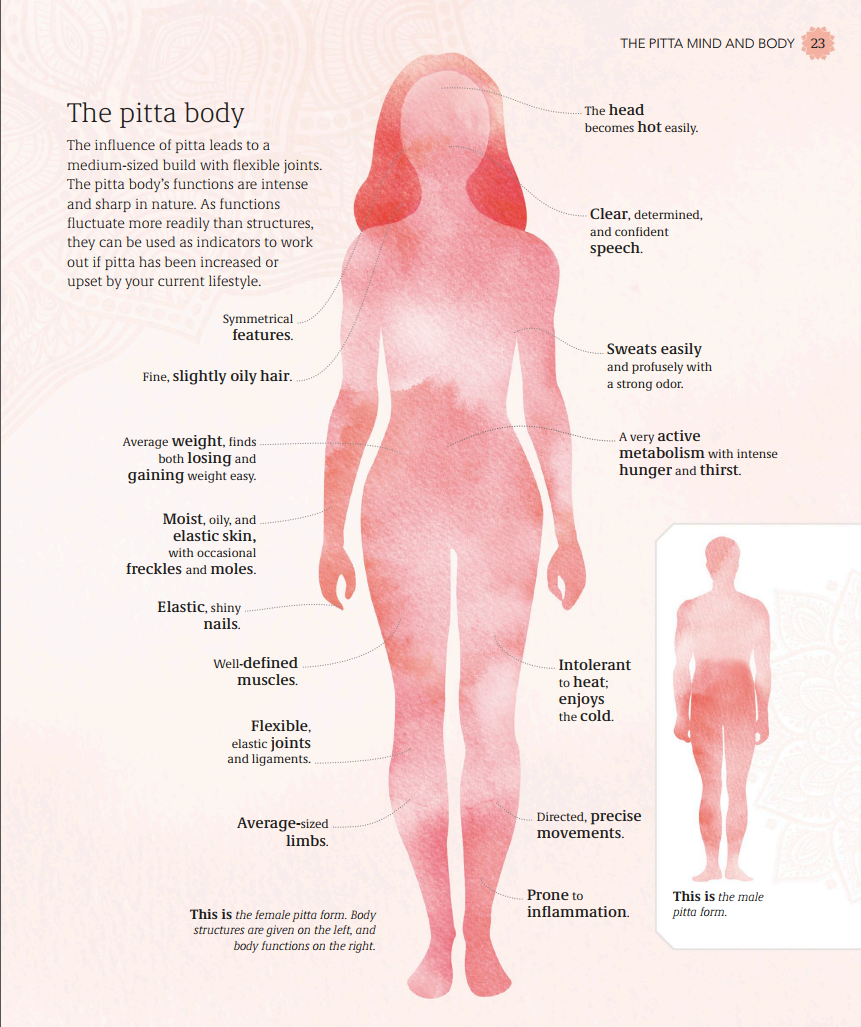

3. KAPHA
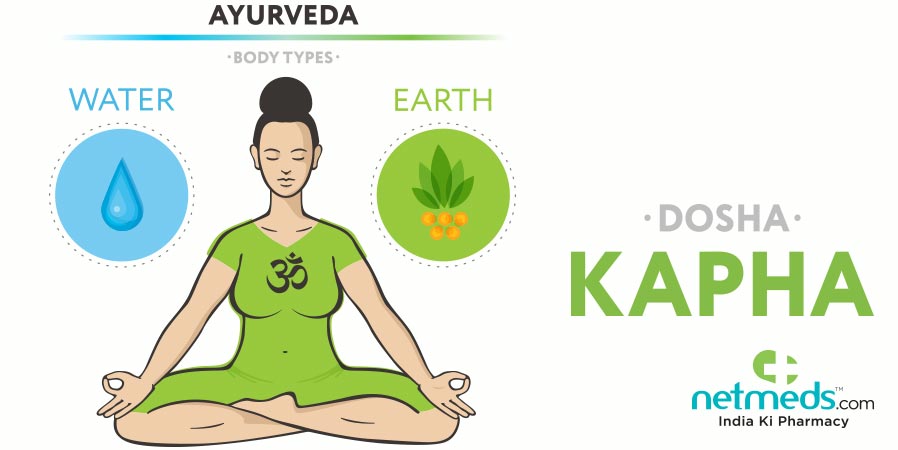

Kapha is the dosha of earth and water. Qualities received by Kapha from earth include heaviness and stability, and from water include oiliness and smoothness. Kapha gives the body substance, strength, cohesion, lubrication, cooling, and immunity. It is also responsible for healing. The main seat of Kapha is in the stomach and chest. Kapha’s functions include:
- Providing moisture to food in the stomach.
- Providing strength and cooling to the heart and the sensory organs.
- Stabilizing and lubricating the joints.
- Providing taste.
The Kapha mind: The influence of earth and water gives the Kapha mind properties of stability and endurance (such as coolheadedness and good memory). The diagram below provides more qualities associated with the Kapha mind.
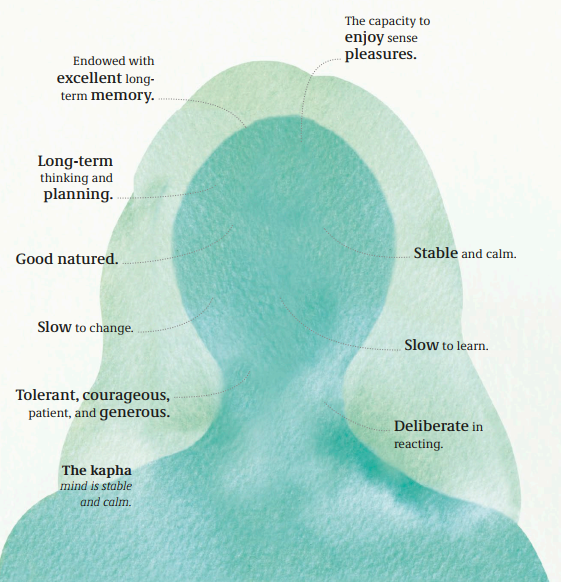

The Kapha body: The influence of Kapha leads to a compact, sturdy physique with potential for muscle and fat buildup. The Kapha body’s functions are slow (sometimes lethargic) and stable. As functions fluctuate more readily than structures, they can be used as indicators to work out if Kapha has been increased or upset by your current lifestyle.
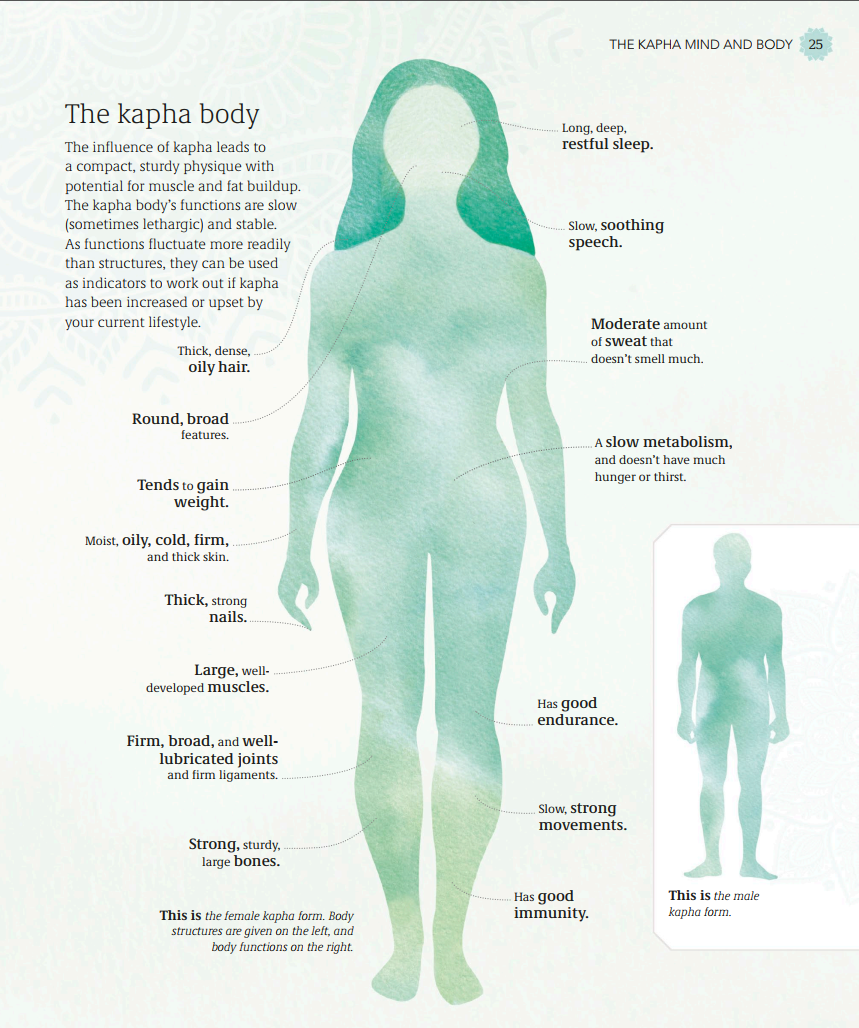

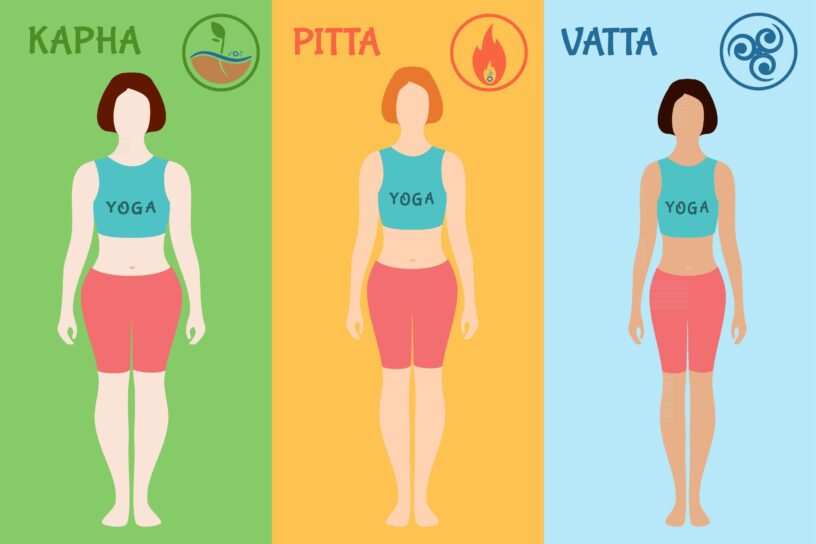
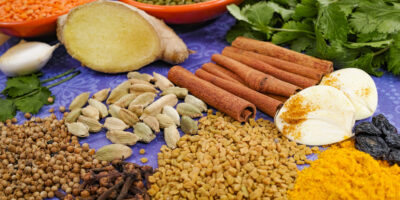
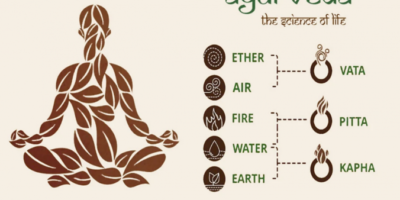



Leave a Reply